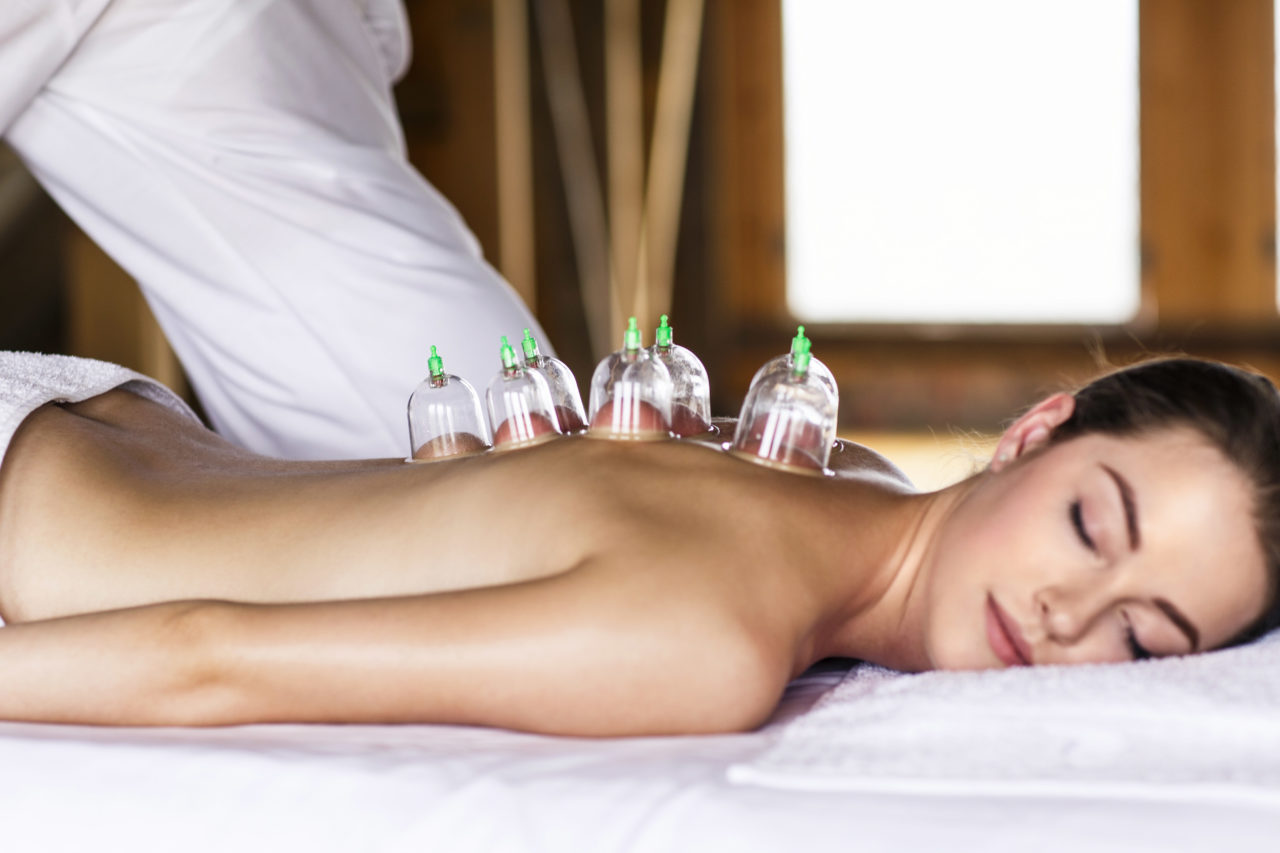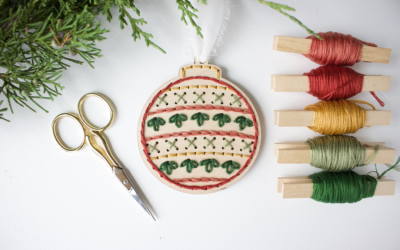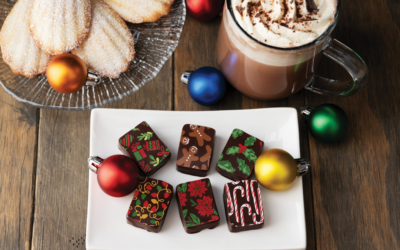Remember during the 2016 Summer Olympics when swimmer Michael Phelps looked like he got attacked by giant leeches?
That’s when most of America found out about cupping.
Faster than you could say “That’s a tiny Speedo,” cupping started trending on Google. In the two years since then, cupping has emerged as a popular way to promote energy, flush toxins and alleviate aches and pains.
From the magnet therapy of the ’90s to the colorful kinesio tape of the ’00s, there’s always a new gadget guaranteed to make the body feel better. But buyer beware. While some of these methods may help in some cases, others disappear as quickly as their late-night infomercials—and deservedly so.
Where does cupping fall on that spectrum? Whenever world-class athletes legitimize a health product or practice, regular folks are eager to try it. But we still have questions.
Here are some answers.
Cupping is a non-invasive treatment to relieve pain and accelerate recovery of injured muscles and surrounding tissues. It increases blood flow, relieves tightness and loosens tension.
Although fairly new to Western culture, cupping has been around since 300 A.D. and derives from traditional Chinese medicine. Various kinds of healthcare providers utilize it, with the most common including physical therapists, acupuncturists and massage therapists.
“It’s another tool for our toolbox,” says Craig Depperschmidt, a licensed PT with ProActive Physical Therapy and Performance Center in Fort Collins.
Here’s how it works. The therapist applies small, specialized cups (usually silicone or glass) to the body. Suction draws the skin upwards to loosen fascia and muscle tissue. Unlike massage (which presses muscles downward), cupping lifts the tissues and gives therapists more surface area to work with. Cups are left on the skin anywhere from 1 to 10 minutes. After removal, each cup may leave a rather prominent hickey, the product of suction and increased blood flow.
At first it may feel weird and awkward. The sensation is comparable to a deep tissue massage. But when an area is really tight, cupping may leave you feeling sore and can even leave bruises. If you’re feeling pain during therapy, ask your therapist to release the pressure a little.
Many high-performance athletes swear by cupping to promote recovery from injuries or even from regular workouts. But you don’t have to be an athlete to reap the benefits. Jennifer Bao of Loveland Acupuncture says cupping can be helpful for anyone suffering from inflammation, muscle soreness and/or pain. However, she adds, it should be part of a holistic approach to the body’s well-being and used in conjunction with other therapies.
You should also consult with your therapist to determine what type of cupping would best address your particular health issues. Stationary cupping works on targeted areas and has intensive effects. A more therapeutic approach, known as massage cupping, involves cups being drawn down the back, legs or arms in continuous movements, using oils and weaker pressure.
Does anyone actually benefit from this? The National Institutes of Health suggest more research is necessary, specifically clinical trials to understand long-term effects and whether it’s helpful for other ailments. “[It’s] important to keep open-minded about new treatments,” says Dr. Kathy Hutcheson, senior instructor at CSU’s Department of Health and Exercise Science. Wellness providers shouldn’t automatically kick something to the curb just because it’s different.
There’s no danger of any side effects from cupping, aside from the leech-like marks on the skin. Therapists require no certification or license for cupping, only continuing education. Interested in trying it? Check out these NOCO providers for a consultation. Just try not to look at yourself in a mirror afterward.






